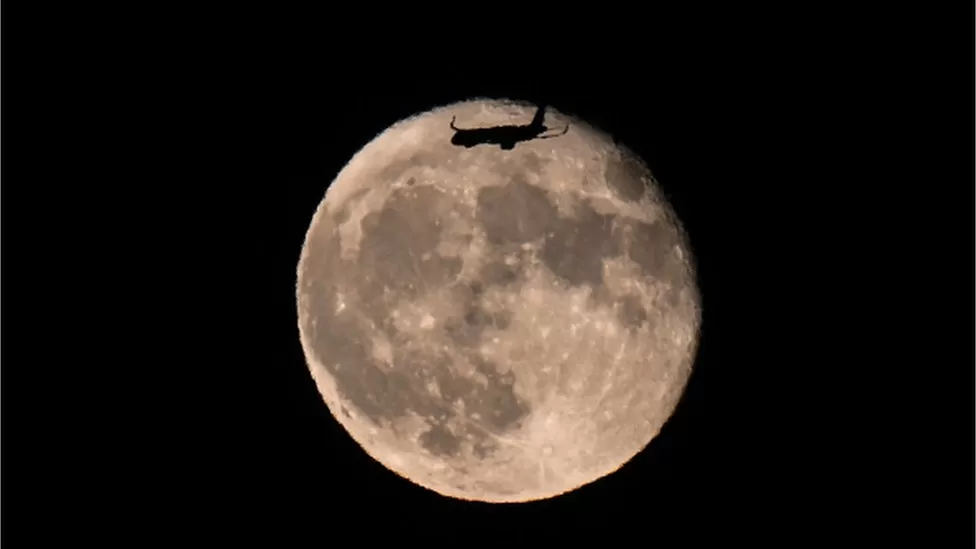The race to unravel the mysteries of Moon’s south pole

As the sun lingers just above or below the horizon, towering mountains cast shadows.
Unending darkness can be found in deep craters. These areas have been shielded from sunlight for billions of years. Temperatures in these regions plummet to astonishing lows of -414F (-248C) – due to the Moon’s lack of atmosphere. This world has never been explored by humans.
There is “mystery, science, and intrigue” at the Moon’s south pole, according to Nasa.
There is a so-called space race to reach the south pole of the Moon, far from the Apollo landing sites around the equator.
India plans to land a robotic probe – Chandrayaan-3 – near the south pole this week. (On Sunday, Russia’s Luna-25 crashed into the Moon, becoming the first spacecraft to do so). By 2026, India and Japan will launch a Lunar Polar Exploration (Lupex) mission to explore the shadowed regions of the Moon.
What makes the south pole a compelling scientific destination? NASA’s Lunar Reconnaissance Orbiter, which has been orbiting the Moon for 14 years, has gathered data suggesting water ice is present in some of the permanently shadowed craters on the Moon. India’s Chandrayaan-1 lunar mission found evidence of water on the Moon in 2008 due to the vacuum – the Moon does not have enough gravity to support an atmosphere.
Clive Neal, a professor of planetary geology at the US University of Notre Dame told me that it is still unclear whether water ice is accessible or mineable.
Scientists are excited by the prospect of finding water on the Moon.
Over millions of years, frozen water untouched by the Sun’s radiation may have accumulated in cold polar regions, resulting in the accumulation of ice. Using this sample, scientists can analyze and understand the history of water in our solar system.
Simeon Barber, a planetary scientist at the Open University who works with the European Space Agency, says the research can address questions such as where did the water come from and when, as well as the implications for life on Earth.
Professor Barber says there are other “pragmatic” reasons to access water on the Moon.
